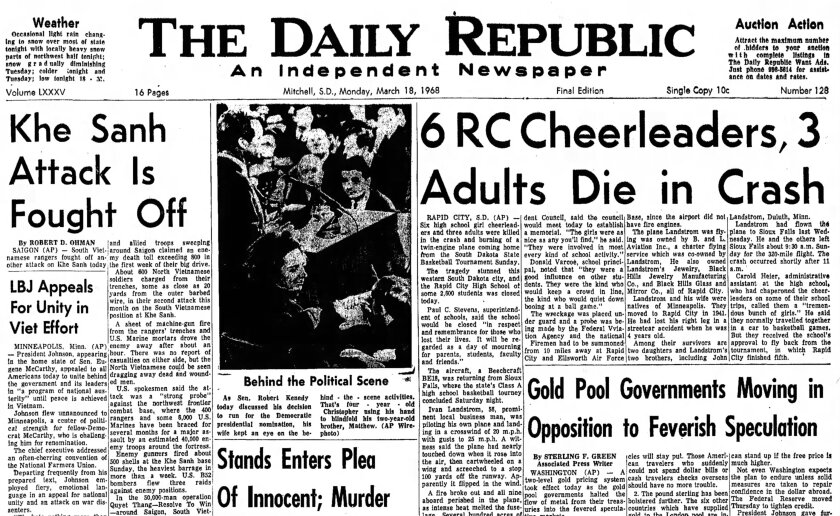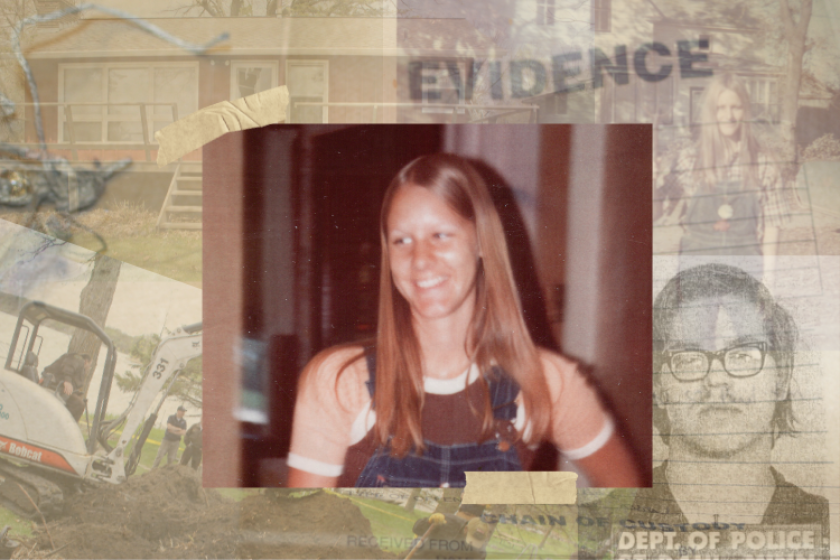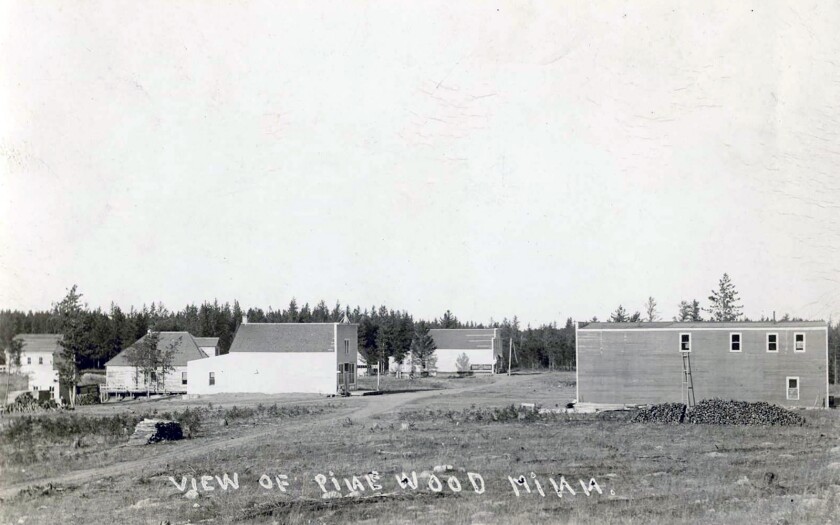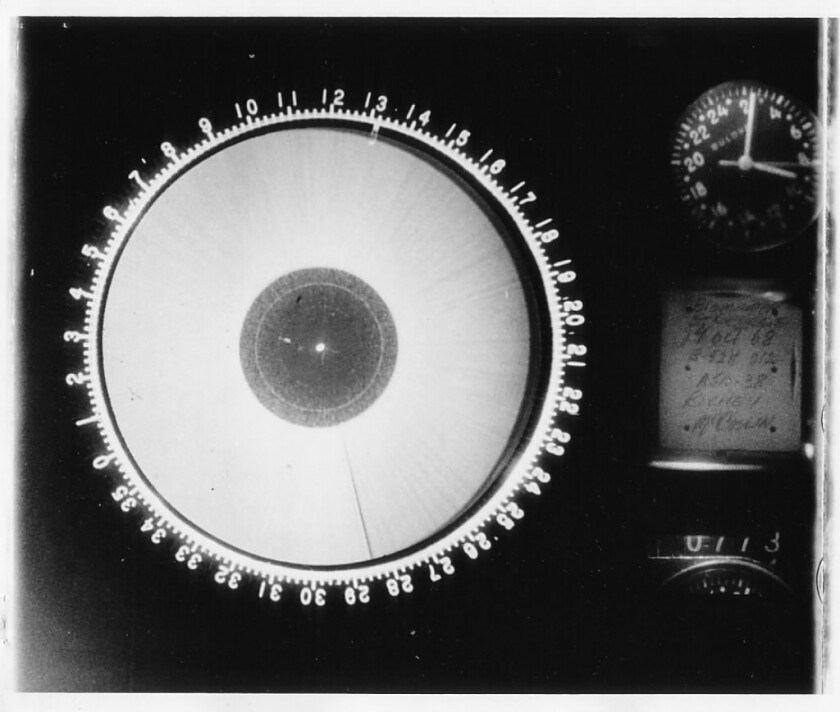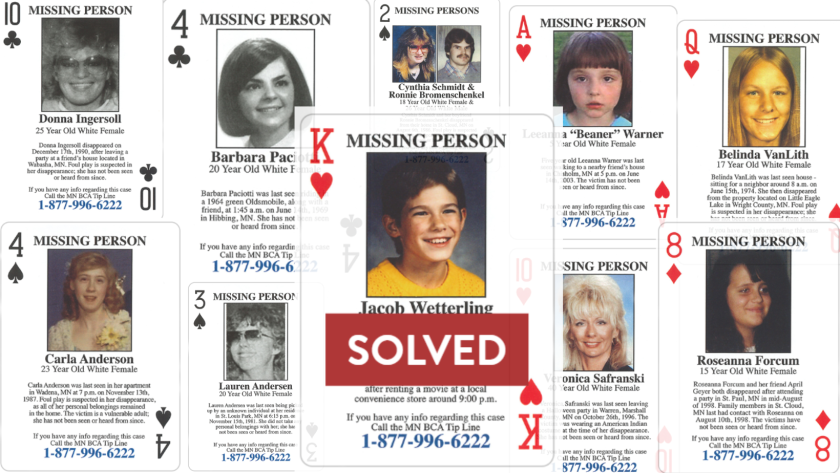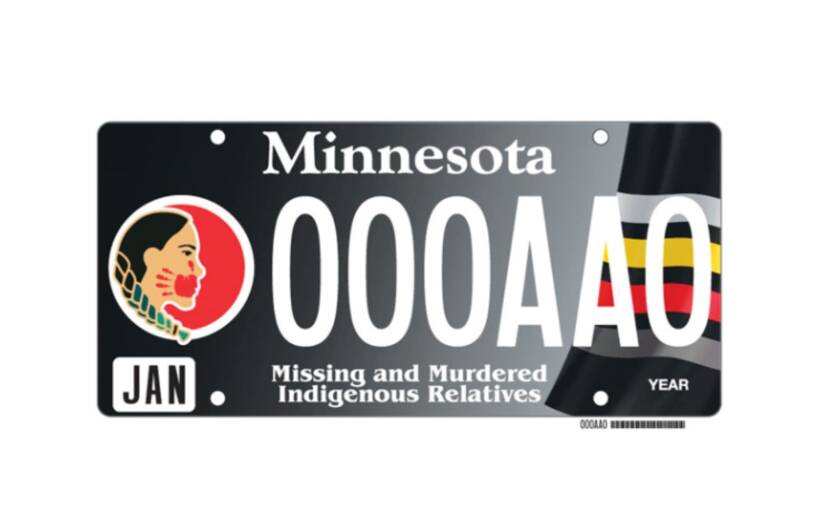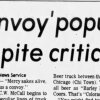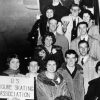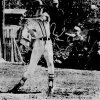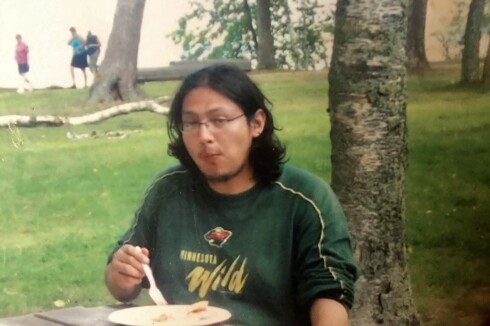DULUTH — John Wold only planned to spend about a year working at an East Hillside gas station.
Then a recent graduate of Hermantown High School, the 18-year-old would put in graveyard shifts at the Holiday Stationstore just long enough to save up the money he needed to enroll in a business school.
ADVERTISEMENT

But tragically, Wold would not survive his first month on the job.
Working alone on Sept. 15, 1966, the teen was fatally assaulted during an apparent botched robbery attempt. A man with a knife entered the service station, 502 N. Sixth Ave. E., around 3 a.m. and stabbed Wold several times before fleeing without taking any cash.
But it didn’t stop there. The assailant then attacked a bystander outside, inflicting serious injuries, before having his own knife turned on him.
Nevertheless, the bleeding suspect slipped away in the dark of night. And despite several witness descriptions, a reward offered by local business leaders and an extensive police manhunt, authorities have never identified who killed John Wold.
Nearly six decades later, it appears unlikely there will ever be an answer. The Duluth Police Department still has investigative files preserved on microfiche, Lt. Matt McShane said, but it would take seemingly extraordinary circumstances to pursue.
“A lot of these older cases we have are still on the open, active (list),” he said. “But unless we get some kind of information pertaining to that case, there's not a whole lot of current activity going on — especially when it’s that old and where witnesses could have passed away or are not in the area anymore.”
Second victim fends off killer
Police at the time speculated that Wold, nervous about the armed threat, struggled to immediately unlock the cash register. Growing impatient, the suspect then stabbed him once in the stomach, cut both arms and twice slashed his throat before stepping outside.
ADVERTISEMENT
At the same time, a motorist, Charles Blanchard, happened to pull up to the gas pumps. According to News Tribune archives, he later told police the assailant pulled him out of his pickup truck and they fought along a narrow strip of grass in front of the station.
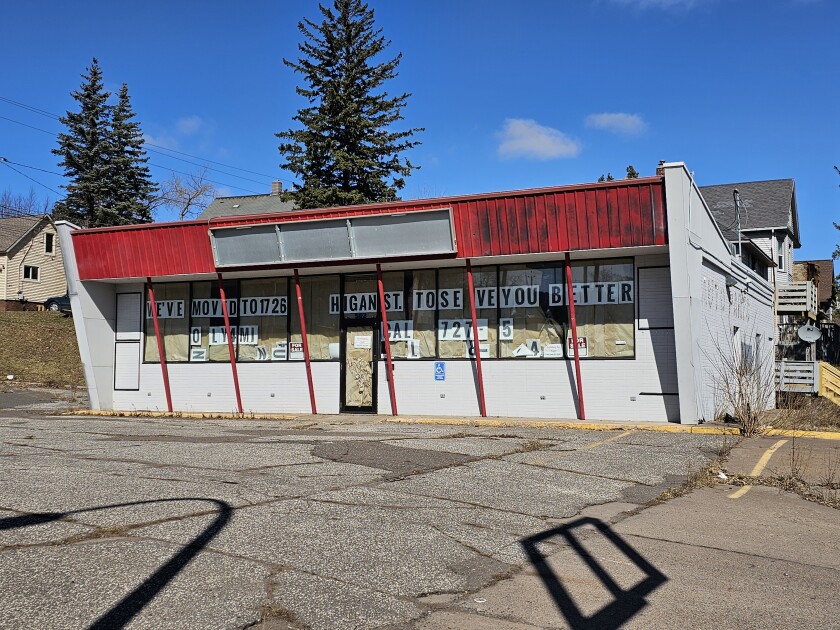
Unaware of the killing inside, Blanchard, 37, tried several times to break free but could not. Eventually, he apparently managed to strike the killer with his own weapon, and the man fled by car.
A trail of blood indicated the scuffle spanned some 75 feet from the station to Sixth Avenue East, while blood drops found near the suspect’s parking spot provided further evidence that he was injured.
It was a clerk at the nearby M&C Service Station who first became suspicious and called the police as he saw the two men wrestling in the street. Only when officers arrived minutes later did they discover Wold dead in a pool of blood about 20 feet from the register.
Blanchard, meanwhile, was found lying on the grass boulevard. Initially unable to even speak with police, he was hospitalized in serious condition at St. Luke’s hospital with “so many cuts and stab wounds medical personnel couldn’t even count them.” Several penetrated organs required surgery, and he needed about 30 stitches to his face alone.
Search falls short despite witness accounts
The incident set off an immediate response from police and community leaders, but their efforts to track down the killer remained fruitless.
Authorities appeared to have some strong leads. Witnesses agreed the suspect was a white man, approximately 30 years old, standing about 5 feet, 10 inches tall, with a medium-heavy build.
ADVERTISEMENT
They likewise described the car as a shiny, dark-colored, heavy make between about 1958 and 1960 with “mag” wheels — a chrome-plated alloy that does not require hubcaps. At least one person believed it was missing a front bumper, and another described it as a 1960 Pontiac with out-of-state plates, possibly Wisconsin.
One motorist saw the bandit’s car speeding away from the station and followed him for several blocks, losing sight at Fifth Avenue East and Third Street. Meanwhile, a dispatcher for a taxi service reported seeing a similar car speeding west on First Street around 3:20 a.m.
Armed robberies were particularly common at the time. Gunmen held up the same station for $80 on July 13 and $107 on Aug. 1.

Gary Nelson, the store’s manager, told the News Tribune at the time that Wold and other attendants were directed to give robbers whatever they asked for if they threatened harm. Policy also required that attendants drop larger amounts of cash in a heavy-duty safe during their shifts.
The register, untouched by Wold’s killer, contained roughly $44 in cash that night, he said.
In the ensuing days, the Twin Ports Oilmen’s Club joined forces with Duluth service station operators to offer a $500 reward for information leading to an arrest and murder conviction.
“Each dealer realizes this tragedy could have happened to him or at his station,” said fund treasurer William Call, “and they have developed a feeling of real ‘comradeship’ to want the killer apprehended.”
ADVERTISEMENT
Wold was described in 1966 News Tribune coverage as a “quiet, well-liked” boy. He played the baritone saxophone in high school, also assisting in the band room and participating in the Humanities Club.
Hermantown school officials said Wold had paid a visit the week before his killing, discussing his future with students. His father at the time was working in Michigan, and Wold indicated he would likely be moving with his family despite having recently started the new job.
Tough case to crack
While cold cases are notoriously difficult to crack, the Northland in recent years has seen its fair share of developments in unsolved murders, some dating back more than 40 years.
Notably, Michael Carbo was found guilty of raping and killing Nancy Daugherty in Chisholm in 1986. An arrest also was made in the 1987 slaying of Mary Maslowski in Virginia, though the case was later dismissed by a judge.

Authorities also said they solved the 1981 killing of Carolyn Andrew at Twin Ponds in Duluth, tying the crime to a man who had since died. And remains found at Gooseberry Falls State Park were identified as Cassandra Rhines, who went missing from Minneapolis in 1985.
All of those cases, however, relied on carefully preserved physical evidence, including DNA, which was just starting to be understood as a potential investigative tool in the 1980s.
McShane, who now oversees investigations for the Duluth Police Department, said the agency has DNA in some old cases that it has sent to the Minnesota Bureau of Criminal Apprehension in hopes of developing new leads.
ADVERTISEMENT
But a case from the 1960s does not offer tools like DNA, surveillance video and cellphone data that are so frequently relied on to solve crimes today.
“There are always advancements in technology,” McShane said. “Times have definitely changed.”



